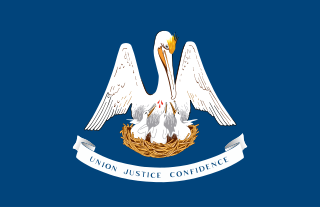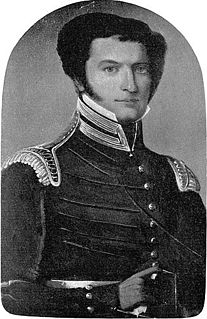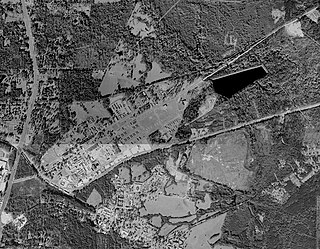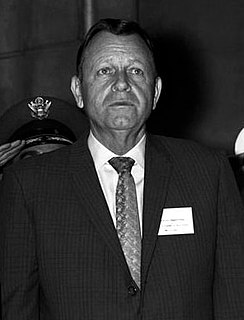A major contributor to this article appears to have a close connection with its subject.(August 2017) (Learn how and when to remove this template message) |
James C. Gardner | |
|---|---|
 James Creswell Gardner's swearing in as the mayor of Shreveport, Louisiana (1954) | |
| Mayor of Shreveport, Louisiana | |
| In office November 9, 1954 –1958 | |
| Preceded by | Clyde Edward Fant, Sr. |
| Succeeded by | Clyde Edward Fant, Sr. |
| Shreveport City Council, District B member | |
| In office 1978–1982 | |
| Preceded by | New position |
| Succeeded by | Dee Peterson |
| State Representative from Caddo Parish (at-large) | |
| In office 1952–1954 | |
| Preceded by | Edwin Ford Hunter, Jr. |
| Succeeded by | Frank Fulco, Sr. |
| Personal details | |
| Born | James Creswell Gardner June 17, 1924 Shreveport, Caddo Parish, Louisiana, USA |
| Died | August 27, 2010 (aged 86) Shreveport, Louisiana |
| Resting place | Forest Park East Cemetery in Shreveport |
| Nationality | American |
| Political party | Democratic Party |
| Spouse(s) | (1) Mary Ella Buchanan Gardner (married 1944-1976, her death) (2) Mary Ann Welsh Gardner (married 1978-his death) |
| Children | 2 (and 3 stepchildren) |
| Occupation | Power company executive |
| Military service | |
| Service/branch | United States Army |
| Rank | Second lieutenant |
| Battles/wars | European Theater of Operations |
- For the Republican former U.S. representative and lieutenant governor of North Carolina, see James Carson Gardner.
James Creswell Gardner, I, known as Jim Gardner (July 17, 1924 – August 27, 2010), [1] was a power company executive best known as the mayor of Shreveport, Louisiana, who served a single term from 1954 to 1958.

Shreveport is a city in the U.S. state of Louisiana. It is the most populous city in the Shreveport-Bossier City metropolitan area. Shreveport ranks third in population in Louisiana after New Orleans and Baton Rouge and 126th in the U.S. The bulk of Shreveport is in Caddo Parish, of which it is the parish seat. Shreveport extends along the west bank of the Red River into neighboring Bossier Parish. The population of Shreveport was 199,311 as of the 2010 U.S. Census. The United States Census Bureau's 2017 estimate for the city's population decreased to 192,036.

Louisiana is a state in the Deep South region of the South Central United States. It is the 31st most extensive and the 25th most populous of the 50 United States. Louisiana is bordered by the state of Texas to the west, Arkansas to the north, Mississippi to the east, and the Gulf of Mexico to the south. A large part of its eastern boundary is demarcated by the Mississippi River. Louisiana is the only U.S. state with political subdivisions termed parishes, which are equivalent to counties. The state's capital is Baton Rouge, and its largest city is New Orleans.
Contents
Sometimes called Shreveport's "First Citizen," Jim Gardner was aged 30 when he assumed the office.
In 1959, Gardner joined the administration of Southwestern Electric Power Company, which serves parts of Louisiana, Arkansas, and Texas. He retired as company vice president in 1987. He penned a two-volume autobiography, entitled Jim Gardner and Shreveport.

Arkansas is a state in the southern region of the United States, home to over 3 million people as of 2018. Its name is of Siouan derivation from the language of the Osage denoting their related kin, the Quapaw Indians. The state's diverse geography ranges from the mountainous regions of the Ozark and the Ouachita Mountains, which make up the U.S. Interior Highlands, to the densely forested land in the south known as the Arkansas Timberlands, to the eastern lowlands along the Mississippi River and the Arkansas Delta.

Texas is the second largest state in the United States by both area and population. Geographically located in the South Central region of the country, Texas shares borders with the U.S. states of Louisiana to the east, Arkansas to the northeast, Oklahoma to the north, New Mexico to the west, and the Mexican states of Chihuahua, Coahuila, Nuevo León, and Tamaulipas to the southwest, while the Gulf of Mexico is to the southeast.




















